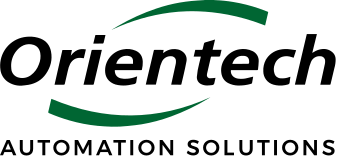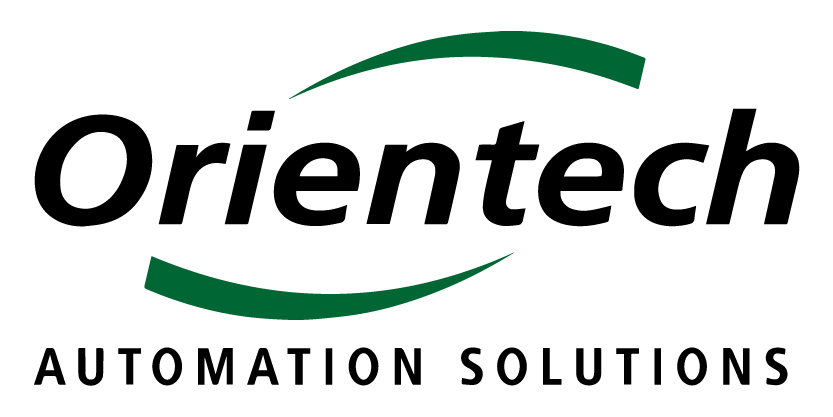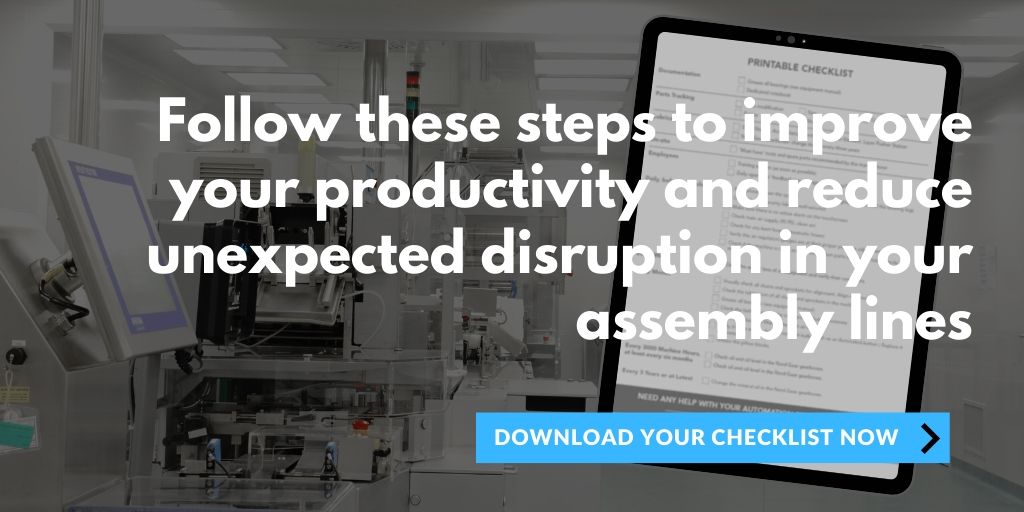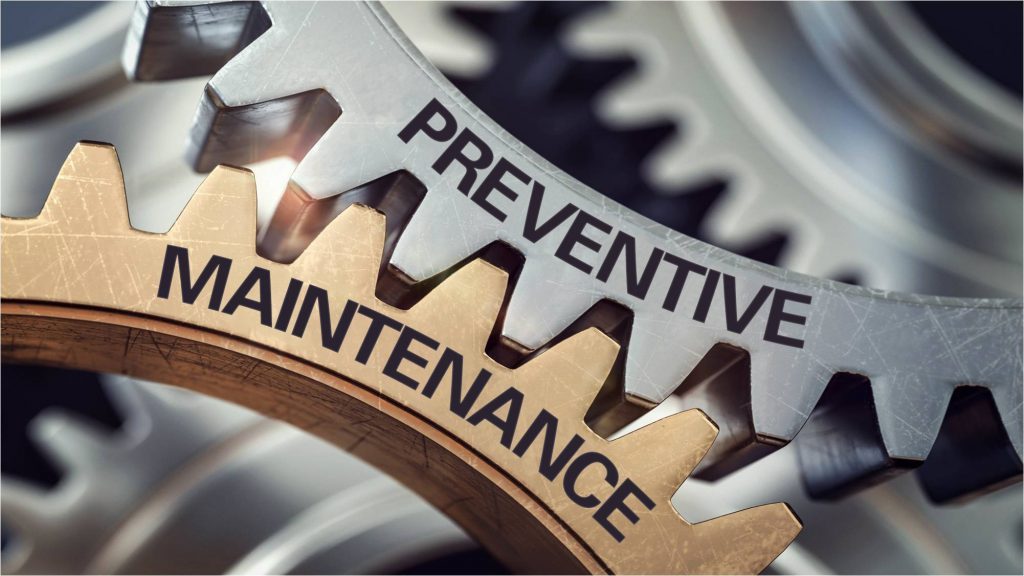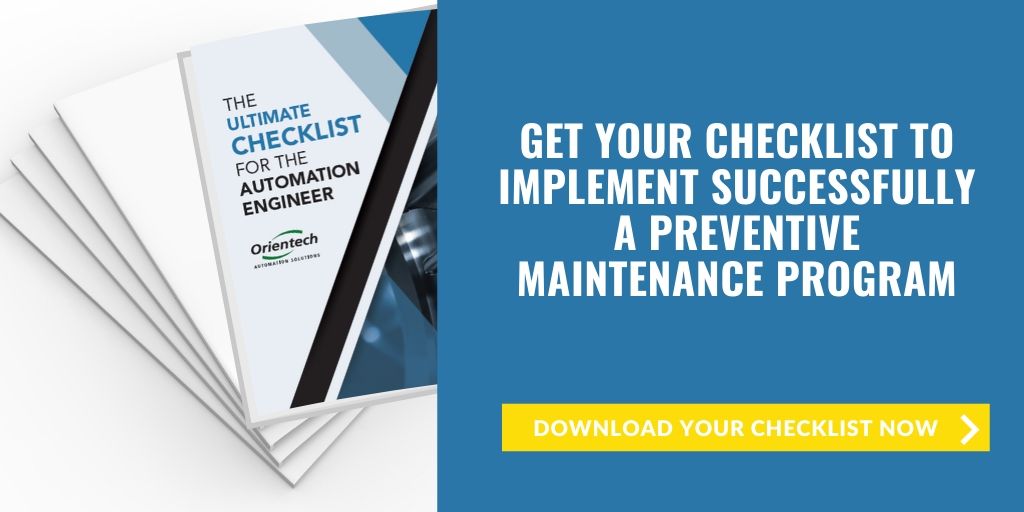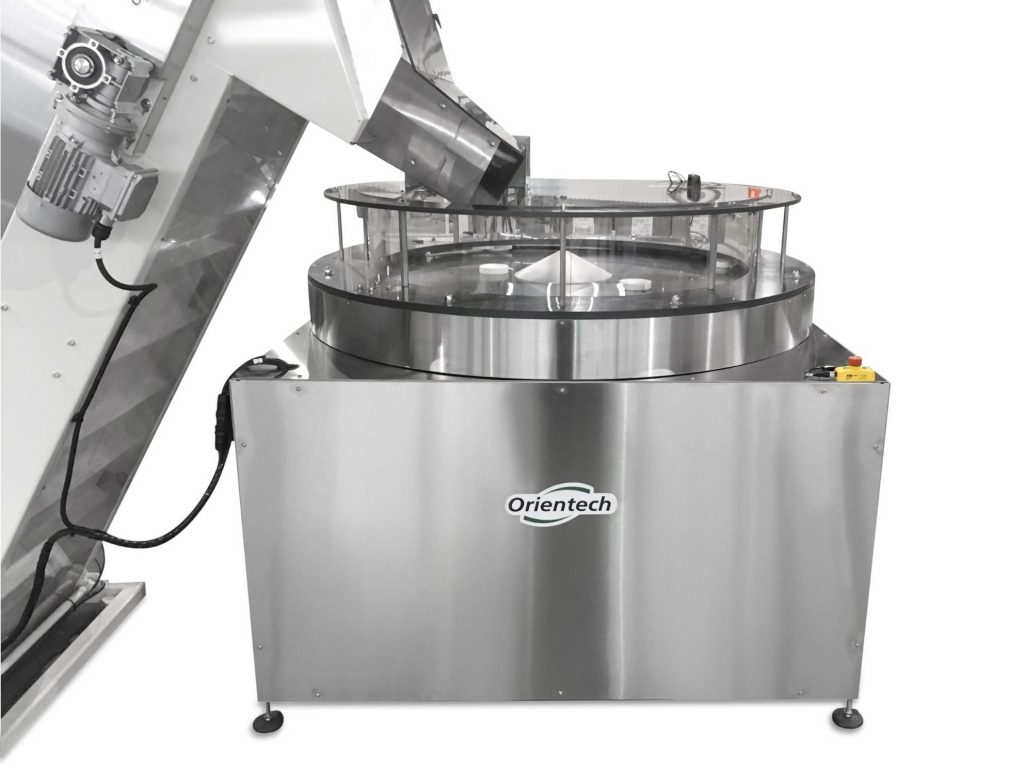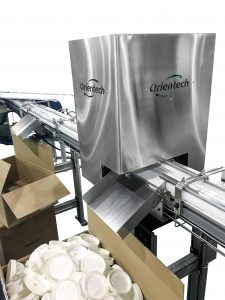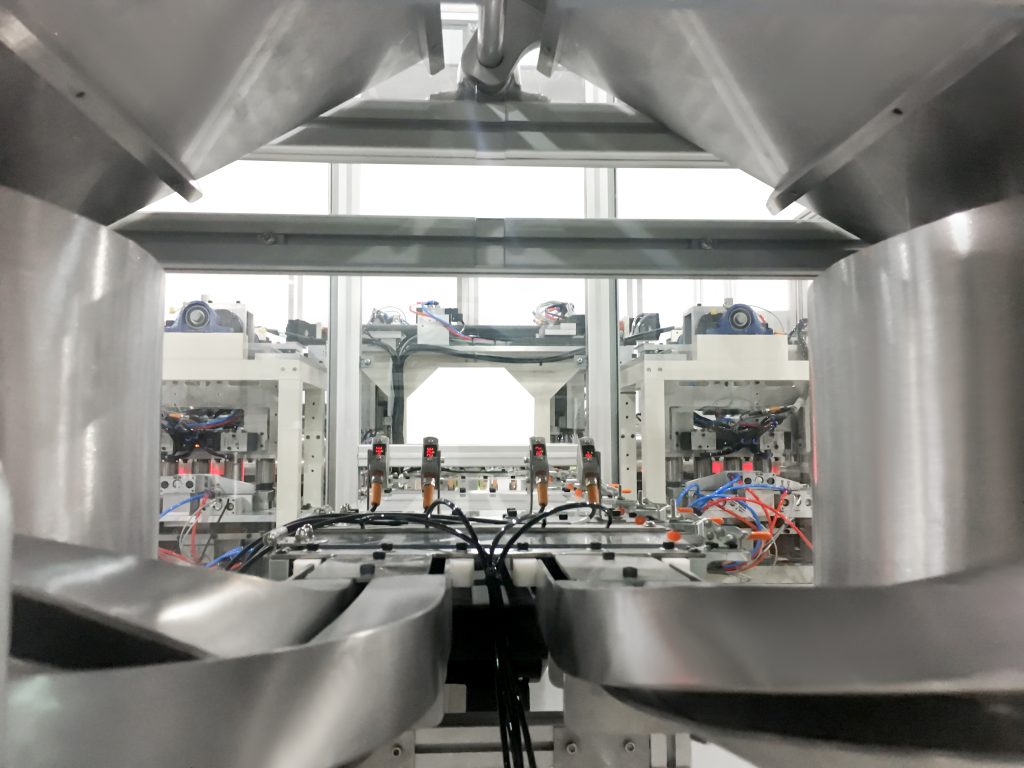For any business, downtime is a scary but ever-looming threat to productivity, revenue, and growth. Today’s companies rely on technology, but few industries feel the sting of downtime more painfully that manufacturing. More than 80% of organizations have been impacted by at least one unplanned outage involving their machinery since 2015. The average organization has experienced two episodes during the past few years.
DOWNTIME IS COSTLY
Research has shown that most industrial plants lose a minimum of 5% of their productivity to downtime, and many can see production drop by 20%. Efficiency translates to revenue and success, and unscheduled downtime is a significant hurdle to the smooth operations required in today’s competitive global marketplace. Businesses should strive to limit unplanned downtime to 10% or less, keeping in line with the goal recommended by international standards.
Source: ISA.ORG – Article from Dave Crumrine and Doug Post (access the article by clicking here)
Slowdown causes can include operator error, maintenance or software failure, or last-minute changes to assembly parts, such as size or part color. Adjustments are often unavoidable but can have a ripple effect, creating a bottleneck for productive operations.
LAST-MINUTE CHANGES CREATE HURDLES
Assembly machines are carefully calibrated for the fastest and most accurate job. That’s why last-minute modifications lead to poor performance, equipment failure, and frustration from employees and management. Unscheduled shutdowns result in significant costs related to lost productivity and temporary emergency work.
To help avoid these problems, we developed a checklist of recommendations to follow for the maintenance of your automatic equipment. With this guide, you can better avert non-programmed stops.
BEST PRACTICES FOR AVOIDING UNSCHEDULED DOWNTIME IN YOUR PRODUCTION PROCESS
- Avoid parts modifications, but also be prepared
In our experience, about 75% of our service calls are due to parts modification. When planning the assembly task and calibrating your machinery, think of potential changes, and run tests. This way, you’ll see how the machines will react and can make setup modifications if needed.
- Ensure employees are properly trained
Invest the time to read and understand the equipment manual before noting a fault in the system or equipment and making a repair or partial replacement. Most errors are due to the misuse of tools or improper modification of the equipment. By training employees in the right use of machines and developing a culture of direct communication with the person responsible for automation, you can limit misuse.
- Preventive maintenance keeps things moving with less interruption
Consider creating a maintenance schedule and workflow for each piece of equipment. Analyze applicable maintenance types, list existing techniques, identify qualified repair and maintenance vendors, and estimate maintenance costs. Use this information as a guide, so maintenance becomes less of a task and more a part of everyday operations.
Estimate the duration of the tasks or groups of tasks, identify for each job the responsible resource.
- Understand maintenance key metrics
Audit your machinery using a simple and logical codification and identification system. This system will highlight if you are producing according to expected results on schedule and will help you achieve set objectives for quantity, quality, speed, cost, profitability, and more.
This system will make it possible to view downturns in production, plan future maintenance, and incorporate other services such as purchasing and quality control.
- Develop operator trust, and use it as a failsafe
Your operators interact with your machinery daily. They are accustomed to listening and observing the machinery in operation. Employees recognize the various sounds and the appearance of machinery during regular operation and are best equipped to spot a potential problem. Familiarity allows them to develop multiple skills to recognize and to react quickly to abnormalities.
Many industries have noted that automating part of their assembly line has not necessarily resulted in downsizing. Indeed, many operational tasks, which involve mainly repetitive and routine tasks, have evolved to focus primarily on process troubleshooting, which is essential for limiting downtime.
- Know your on-site ‘must-haves’
We had recently an example of a company that lost a phase on one of the transformers of the plant, so they lost electricity on the line. All the equipment stopped. And since the battery of their PLCs were not changed, the memory and saved settings for programming were erased. Since the model of the PLC was discontinued, it took some time for us to find this model and program it, only adding to manufacturing delays.
The considerable costs and delays of this incident could have been avoided if the customer correctly backed up the system and upgraded its PLC.
Ensuring “must-have” tools or parts are on-hand will enable you to replace easily in case of troubleshooting, avoiding delays if the supplier does not have the items in stock.
Optimize your production and minimize unexpected assembly lines disruption by following these simple steps. The consequences of downtime are expensive, complicate the lives of engineers and technicians, and can have serious business implications that spread to other parts of your operations.
Don’t wait until your production stops suddenly or slows down for no apparent reason. Download our ultimate checklist to avoid any non-planned shutdown of your lines and become proactive in your production management. Do you have any stories — triumphs or troubles — regarding downtime? Share your experiences in the comments section.
